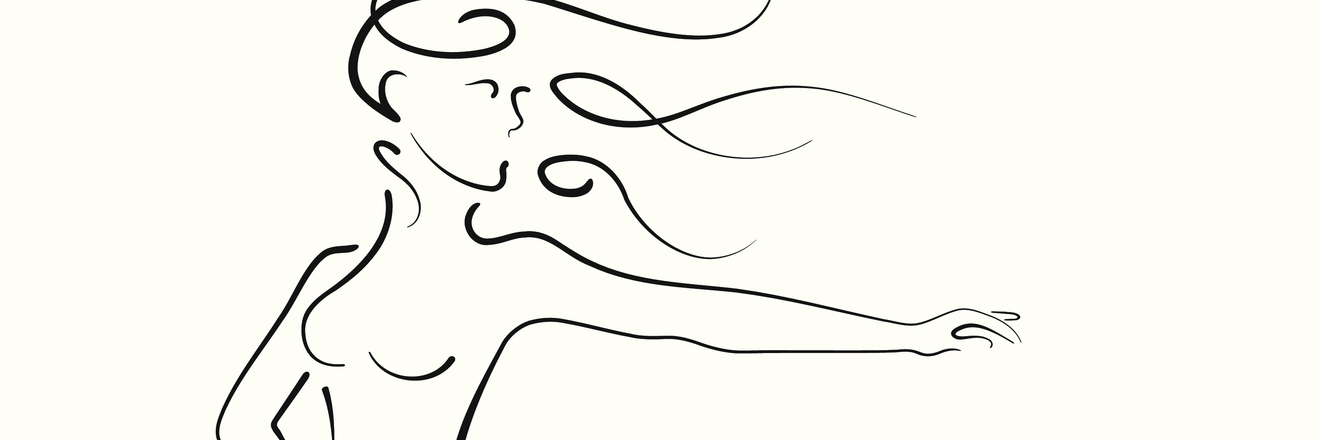Active treatment has ended — time to celebrate! Yet so often this party comes to an abrupt halt for the person who has ended cancer treatment. You might even feel like you have been whiplashed…
whip·lash (h)wipˌlaSH verb
1. jerk or jolt (someone or something) suddenly, typically so as to cause injury.
Survivorship can often feel like whiplash because at any moment we can swing from one emotion to the next. It’s complex and filled with internal conflict. It might look something like this:
You are happy treatment’s done and scared the cancer will come back.
Your loved ones are so relieved and ready to get back on track and you are feeling blindsided by triggers of the emotions and experiences you suppressed to get through treatment.
People are going back to life as it was and you are wondering who the heck you are (because most of us feel permanently changed by the cancer experience).
Treatment has ended and your body, mind, spirit and self are left with all of the side effects and scars that were left behind.
The first time cancer turned my life upside down I was 26 and my mom had died from metastatic breast cancer. The second time I was 40 and diagnosed with stage 3a triple negative breast cancer — an aggressive and difficult cancer to treat.
When you are faced with a life-threatening condition the doctors tell you what the treatment plan is, as well as all of the side effects that come along with it. For most of us, we nod — perhaps advocate for alternatives — but ultimately we each need to dive into treatment independent of the side effects, because what is the alternative — death?
So you put your head down, gather your resources and support systems, and jump in, hoping the rope connecting you to higher and safe ground does not break.
Treatment is not about being in calm waters, but neither is survivorship — at least initially.
When we finally resurface from treatment we are hauled back onto “safer” ground to the cheers of our loved ones. We want to join them in their bliss — and we are there to a certain degree — but when active treatment ends, the emotional recovery begins. And that process is not nearly as concrete as the cancer treatment can be, which adds to the intensity of it.
My first dance with cancer caused me to pursue a career as an art therapist because my mom’s death helped me understand acutely that grieving is an important part of the human experience, and many of us don’t know how to do it successfully. When I was diagnosed myself I knew art therapy would be what I turned to help myself emotionally recover.
One of the things that kept me going was the belief that one day I would use my personal and professional experience to help others heal. When treatment ended I began to slowly heal. I was surprised to find myself going to just as many appointments as I did for cancer.
Eventually I came to the conclusion that while many of us need to emotionally heal from cancer, we are quite burnt out from attending so many appointments. Thus, I started Creative Transformations, blending my personal and professional experience to meet a person where they were at and facilitating interventions that were effective. These would allow me to drop into a person’s healing process and share some guidance and tools that they could learn and take with them.
Kind of like those magical encounters when you bump into the right person at the right time and it turns your day around.
This post was originally published on Medium.
Thinkstock photo by Glory Robinson

